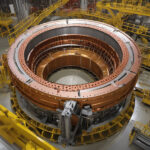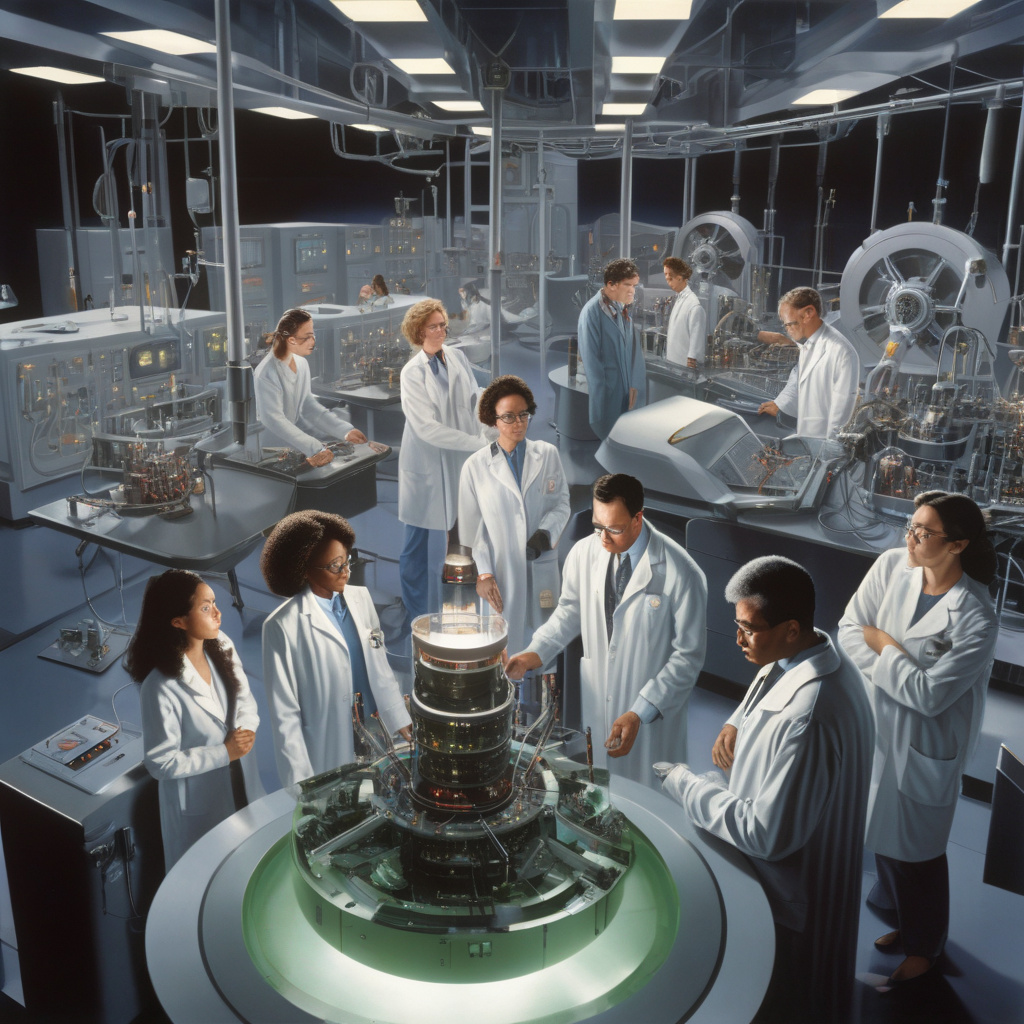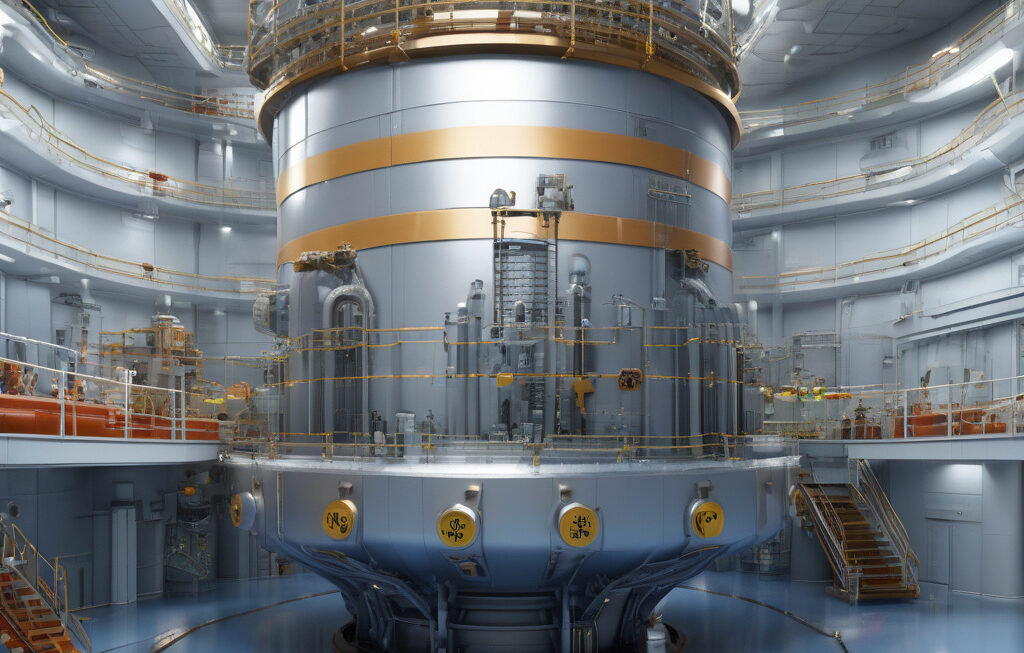Powerful Electron Beams Create Extremely Heavy Hydrogen Isotope for First Time Ever
An international research team has successfully produced hydrogen-6 (⁶H), one of the most neutron-rich isotopes, using powerful electron beams. This groundbreaking achievement marks a significant milestone in nuclear physics and opens up new possibilities for scientific exploration.
The production of hydrogen-6 was made possible through a process known as photo-disintegration, where high-energy photon beams are directed at a target material, in this case, deuterium. The intense electron beams generated by cutting-edge accelerators caused the deuterium nuclei to break apart, resulting in the formation of hydrogen-6.
Hydrogen-6, also known as tritium, is a heavy hydrogen isotope with two neutrons and one proton in its nucleus. It is highly unstable and rapidly decays through the process of beta decay, emitting low-energy electrons in the process. Tritium is of particular interest to scientists due to its role in nuclear fusion reactions and as a fuel source for thermonuclear weapons.
The successful production of hydrogen-6 not only expands our understanding of nuclear structure and interactions but also has practical implications in various fields. Tritium is used in a wide range of applications, including nuclear weapons, fusion energy research, and radioluminescent lighting.
Furthermore, the ability to create neutron-rich isotopes like hydrogen-6 paves the way for new experiments in nuclear physics and astrophysics. These isotopes play a crucial role in our understanding of stellar nucleosynthesis, the process by which elements are formed in the cores of stars.
The research team’s achievement highlights the importance of collaboration and innovation in pushing the boundaries of scientific knowledge. By harnessing the power of advanced accelerators and cutting-edge technology, scientists have unlocked new possibilities for exploring the fundamental building blocks of the universe.
As we look to the future, the production of hydrogen-6 serves as a testament to human ingenuity and the relentless pursuit of discovery. This groundbreaking accomplishment not only sheds light on the mysteries of the cosmos but also holds the potential to revolutionize energy production and advance our understanding of the universe.
In conclusion, the successful creation of hydrogen-6 through powerful electron beams represents a significant leap forward in nuclear physics and opens up a world of possibilities for scientific research and innovation. This achievement underscores the importance of pushing the boundaries of knowledge and exploring the unknown to unlock the secrets of the universe.
research, innovation, isotopes, nuclear physics, scientific exploration












